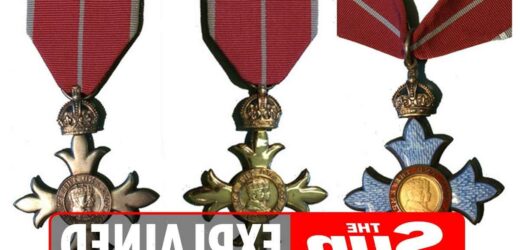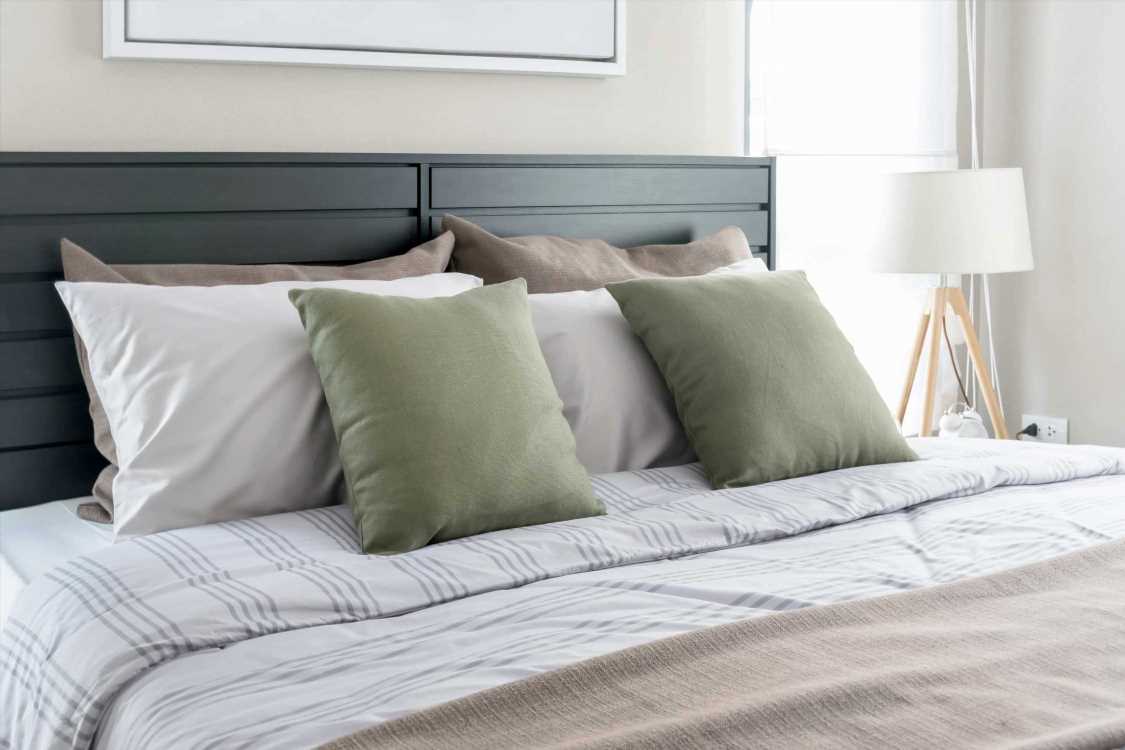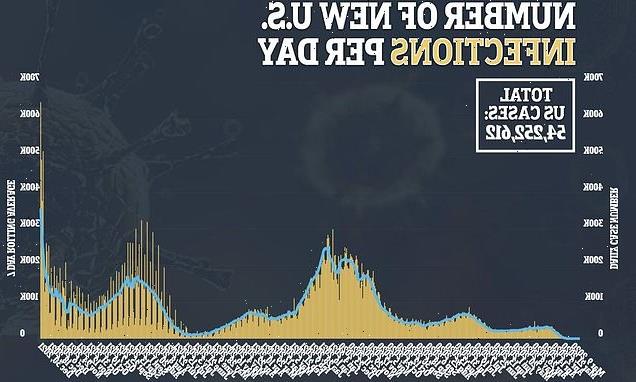THE Queen issues an Honours list twice every year to celebrate the achievements of key individuals across the UK.
Public figures and everyday heroes are recognised by the Queen with an MBE, OBE or CBE. But what are these prestigious awards? Here's all you need to know.
What’s the difference between an MBE, OBE and CBE?
The British honours system rewards people with Honours, Decorations and Medals in public recognition of their merit, service or bravery.
The most well-known awards represent different ranks in the Order of the British Empire.
Instituted in 1917 by George V, these awards were created during the First World War to reward services to the war effort by people not fighting on the front line and are now awarded to civilians as well as members of the armed forces.
They include (in order of precedence):
Knight or Dame of the Most Excellent Order of the British Empire GBE, KBE or DBE (Knight or Dame):
- The two senior ranks of the Order of the British Empire are Knight or Dame Grand Cross, and Knight or Dame Commander. Both of these ranks entitle their members to use the title of Sir for men and Dame for women before their forename.
- This honour is awarded to those who have made major contributions to any activity, usually at a national level. Knighthoods and damehoods are traditionally presented with a touch of a sword by the King or Queen.
Commander of the Order of the British Empire (CBE):
- This is awarded for having a prominent but lesser role at a national level, or a leading role at a regional level. You can also get one for a distinguished, innovative contribution to any area.
Officer of the Order of the British Empire (OBE):
- This is awarded for having a major local role in any activity, including people whose work has made them known nationally in their chosen area.
Member of the Order of the British Empire (MBE):
- Awarded for an outstanding achievement or service to the community. This will have had a long-term, significant impact and stand out as an example to others.
Those receiving the accolades are announced a few days before the New Year and around the Queen's state birthday.
British honour recipients are officially announced in The Gazette.
Anyone can nominate someone for an honour on the gov.uk website.
Famous people who are Knights and Dames include Sir Mo Farah, Sir David Attenborough, Dame Maggie Smith, Dame Mary Berry, Sir Winston Churchill and Sir Lewis Hamilton.
Emma Raducanu has been added to the Queen's New Year Honours List 2021 making her the youngest recipient in the UK for an MBE.
Can women be knighted?
Women are not knighted but instead are awarded a Damehood.
The Gazette states: "The two senior ranks of the Order of the British Empire are Knight or Dame Grand Cross, and Knight or Dame Commander.
"Both of these ranks entitle their members to use the title of Sir for men and Dame for women before their forename."
Women who are appointed to the Most Noble Order of the Garter or the Most Ancient and Most Noble Order of the Thistle are given the title of Lady rather than Dame – which is used instead of the male title Sir.
WHAT CAN PEOPLE GET HONOURS FOR?
- Making a difference to their community or field of work
- Enhancing Britain’s reputation
- Long-term voluntary service
- Innovation and entrepreneurship
- Changing things, with an emphasis on achievement
- Improving life for people less able to help themselves
- Displaying moral courage
What is the Order of the British Empire?
The British honours system actually has several orders, mostly relating to the monarchy, military and colonial officials.
But King George V wanted to fill the gap by creating an order which would honour normal people.
However, the order has come under some criticism due to its connection with the now-extinct British Empire.
The Government has considered changing the name to the Order of British Excellence, but on December 29, 2020, said that "empire" will not be replaced.
Helen Ewen, head of the Honours Secretariat, said: “There are no plans currently to make changes.”
What does an MBE, OBE or CBE entitle you to?
Anyone selected for an honour will be invited to attend an "investiture" ceremony at a royal residence where the Queen, or sometimes Prince Charles, Prince William or Princess Anne, will award them with their insignia – a medal – of the order.
This usually takes place a few months after the honours list is announced, but recipients can start using their new title or letters after their name as soon as the awards are announced.
Members can also have a special element added to their coat of arms showing their membership of the order.
NEW YEAR'S HONOURS
IT'S AN HONOUR When is the New Year’s Honours list announced?
Daniel Craig 'to receive New Year’s honour usually reserved for spies'
Emma Raducanu 'could get CBE from the Queen' making her one of youngest ever at 18
Ricky Gervais slams celeb 'ponces' for accepting honours during pandemic
Has anyone ever refused an honour?
Famous people to have rejected honours include David Bowie, who turned down an OBE in the Queen's birthday honours in 2000.
Stars to decline OBEs include celebrity cook Nigella Lawson, comedy duo Dawn French and Jennifer Saunders and Fawlty Towers star John Cleese.
John Lennon is one of the few recipients to return his honour, sending back his MBE in 1969 in protest against Britain's involvement in the Nigerian civil war.
Source: Read Full Article







